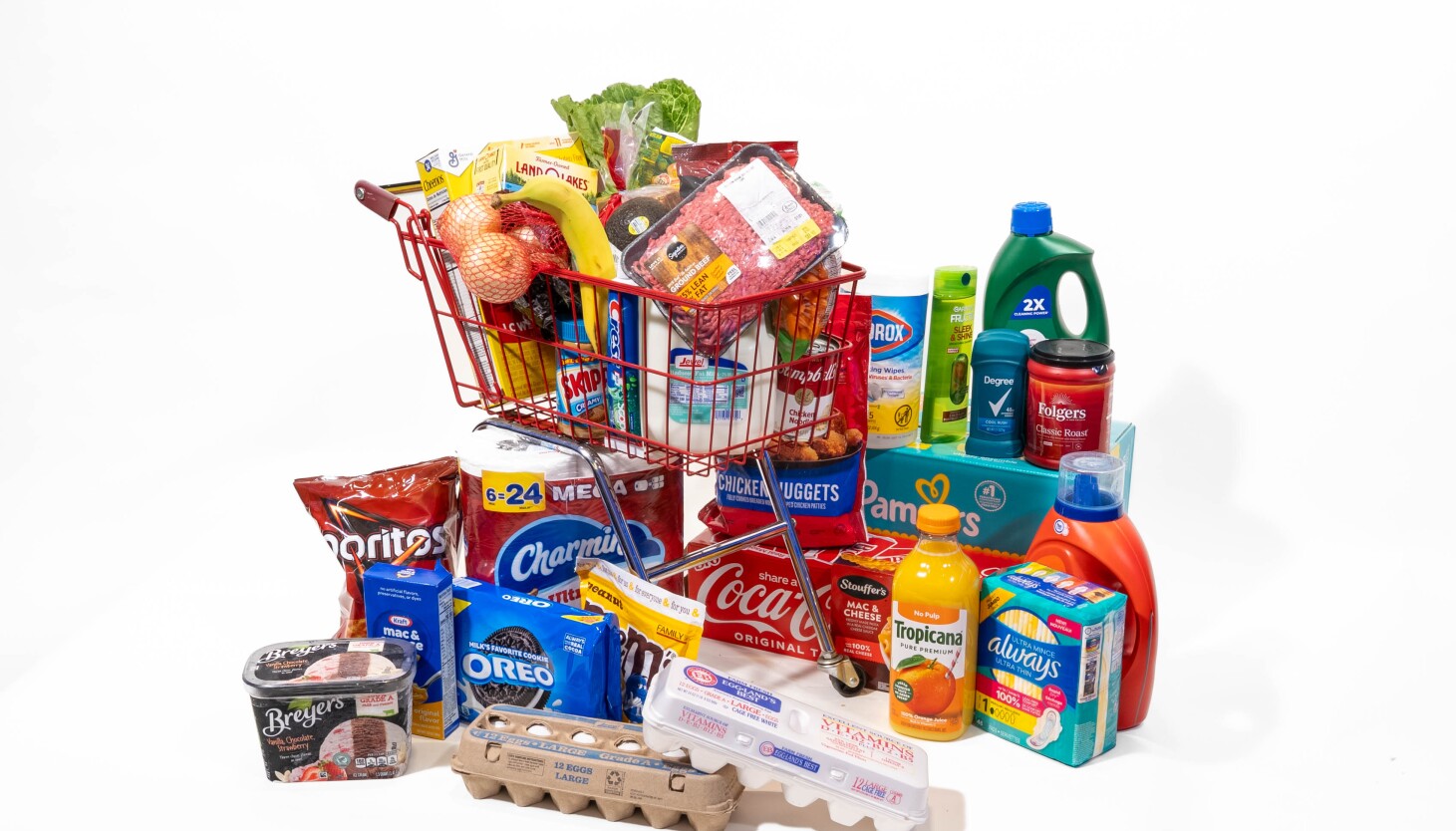In 2022, many people felt the pinch of rising grocery prices. Charlotte Maggio, a retired librarian from Franklin Park, is one of them. She bought an upright freezer to store home-cooked meals and tracks grocery sales closely. On average, she spends around $230 monthly on groceries, hoping to avoid inflated prices.
Maggio isn’t alone. Many consumers share her concerns. Inflation reached its highest levels since February, with consumer prices rising 2.7% from the previous year, according to the Labor Department. In fact, grocery prices played a major role in the November elections, with 70% of voters expressing worry about food costs.
The Chicago Sun-Times began tracking the prices of grocery items at four major stores—Jewel, Mariano’s, Target, and Walmart. They found that very few prices dropped. Over six months, the total price of these items increased by $11. For example, Jewel’s prices rose from $262.45 in December to $273.35 in July, a 4.2% increase.
The price hikes aren’t just contained to one or two items. Common products like ground beef and orange juice saw price increases across retailers. Even though egg prices fell from their March highs due to an avian flu outbreak, they were still higher in July than the previous December at some stores.
Experts suggest these price increases might be here to stay. “Cheap food is dead,” says Errol Schweizer, a retail expert. He notes that food companies are focused on maintaining profits, and if one store raises prices, others tend to follow. LaTanya Gray, another consumer from Lake Meadows, has adopted a strict budget strategy to cope. She spends only around $60 a week and uses coupons and discounts whenever possible.
Economic factors, such as tariffs, are also affecting prices. The government has implemented tariffs on various products that may lead to increased grocery costs. A study from the Tax Foundation suggests that an average American family might pay an extra $1,300 this year due to these tariffs.
Brenna Ellison, an agricultural economics professor at Purdue, highlights that many consumers are preparing for further price hikes. A survey revealed that 79% of respondents expect their food prices to go up even more because of tariffs. Many are already stockpiling goods in anticipation.
While some factors, like drought and rising feed costs, contribute to the increase in ground beef prices, inflation also plays a major role. For instance, a spokesperson from Mars, the parent company of peanut M&M’s, pointed to rising cocoa prices as a reason for their price increases.
Consumers are frustrated, and the struggle to keep food affordable continues. As prices rise, people like Maggio and Gray must adapt their shopping habits. Whether through budgeting or finding discounts, the effort to manage grocery expenses is more critical than ever.
Source link














:max_bytes(150000):strip_icc()/blue-bell_Blue-62470305416e42c08f0668036665f991.jpg?w=480&resize=480,480&ssl=1)






